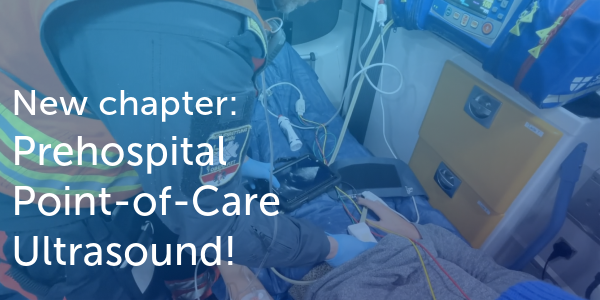5.3.6 Takotsubo syndrome
Extreme emotional or physical stress may cause left ventricular dysfunction. This type of cardiomyopathy is referred to as stress-induced cardiomyopathy or “broken heart syndrome”. Because of the typical appearance of a dilated and aneurysmatic left ventricular apex it is also known as the apical ballooning syndrome or Takotsubo cardiomyopathy. Takotsubo is the Japanese name of a pot that is used to catch octopuses (octopus trap). The vessel resembles the configuration of the left ventricle in the presence of this type of cardiomyopathy.
Stress cardiomyopathy occurs more frequently in postmenopausal women. Patients may present with symptoms of acute coronary syndrome or dyspnea. As a rule, the coronary angiogram in these patients is normal.
The etiology of the disease is not fully understood. Two principal theories exist:
- Myocardial toxicity is related to excess levels of catecholamines.
- Vascular dysfunction is related to catecholamine-induced microvascular spasm.
A genetic predisposition to stress-induced cardiomyopathy has also been discussed.
Echocardiographic findings: Typically the patients present with akinesia of the apical and mid-ventricular segment while the basal segments are hypercontractile. The apex is more or less dilated (apical ballooning). The degree of left ventricular dysfunction may vary. Some patients have severely reduced left ventricular function while others have more subtle abnormalities.
Hyperkinesis of the basal segments may cause systolic anterior motion of the mitral valve and, consequently, obstruction of the left ventricular outflow tract. Some patients develop ventricular thrombi. Right-ventricular involvement is seen in approximately 1/4 of patients and is more common in patients who have severe left ventricular dysfunction as well.
Other findings include pericardial and pleural effusion (especially in the presence of right heart involvement).
In some patients, stress cardiomyopathy only involves the mid-ventricular segments, or other regions of the heart, sparing the apex. Video Platform Video Management Video Solutions Video Player A woman with stress cardiomyopathy after the death of a relative. The apex shows typical widening of the Takotsubo syndrome. The apex is also filled with thrombotic material Video Platform Video Management Video Solutions Video Player Patient with stress cardiomyopathy after the diagnosis of cardiac involvement in melanoma. Both, apical dysfunction and a metastasis of the melanoma metastasis are seen in the heart. Stress-induced cardiomyopathy is liable to reoccur (10% of patients)The echocardiography may "suggest" the diagnosis. However, as the appearance of the condition may closely resemble that of an acute coronary syndrome, a left anterior descending artery obstruction) coronary angiography is needed to establish the diagnosis.
Sequential studies are important to detect complications (thrombus) and document recovery of left ventricular function.
